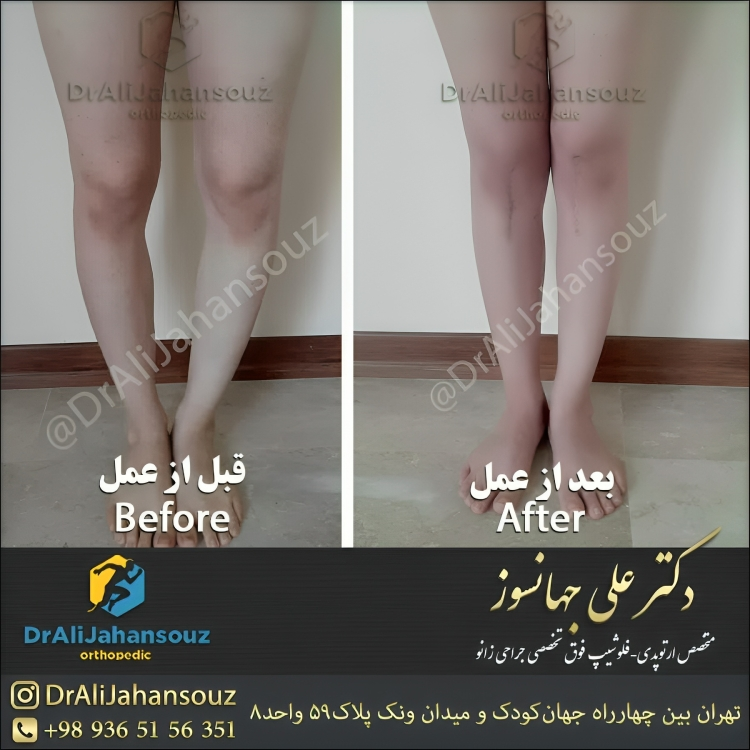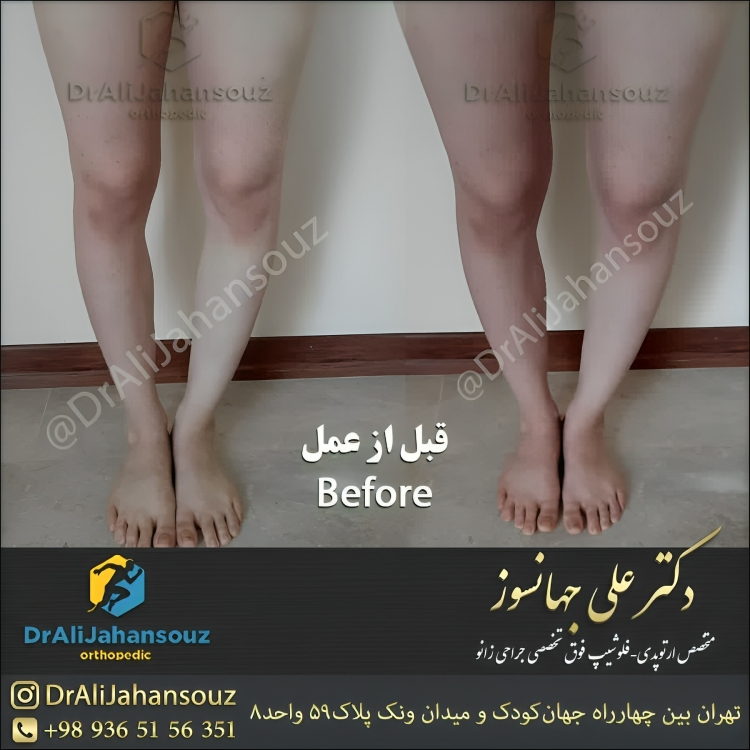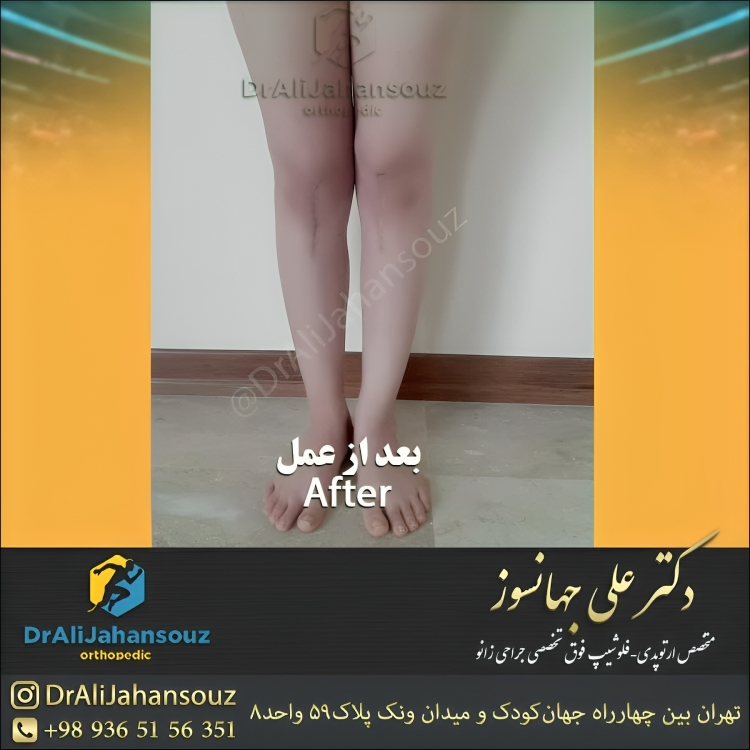Meet Dr. Ali Jahansouz: Knee Specialist in Tehran
Credentials & Training
🔹 Orthopedic surgeon specializing in knee surgery & joint replacement
🔹 Medical degree & orthopedic training from Tehran University of Medical Sciences
🔹 Advanced knee surgery fellowship at Shafa Yahyayan Hospital
🔹 3 years of specialized training in Austria (knee & joint surgeries)
Areas of Expertise
✔ Joint reconstruction & arthrosis surgery
✔ Cruciate ligament (ACL/PCL) repairs
✔ Meniscus tear treatments
✔ Correction of deformities:
-
Genu valgum (knock-knees)
-
Genu varum (bowlegs)
✔ Emergency fracture management
Hospital Affiliations
-
Moheb Kosar Hospital
-
Chamran Hospital
-
EbneSina Hospital (Current practice)
When to See a Knee Specialist?
Consult Dr. Jahansouz or an orthopedic surgeon if you experience:
⚠ Persistent knee pain
⚠ Swelling or instability
⚠ Difficulty walking/climbing stairs
⚠ Post-injury mobility issues
How to Strengthen Your Knees
Building strong knees requires targeted exercises that improve joint stability and muscle support:
Best Knee-Strengthening Exercises
✔ Squats – Builds quadriceps and glutes
✔ Lunges – Enhances balance and leg strength
✔ Step-ups – Improves joint mobility
✔ Resistance Training – Strengthens hamstrings and calves
✔ Flexibility Work – Yoga/stretching prevents stiffness
Important: Always consult a doctor before starting new exercises, especially if you have existing knee pain.






